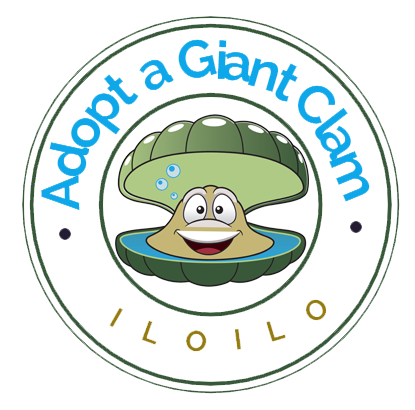
Hippopus porcellanus, commonly known as the bear paw clam or the horse’s hoof clam, is a species of bivalve mollusk that is native to the Indo-Pacific region, including areas like the Philippines, Indonesia, and Papua New Guinea. It is a popular and sought-after species in the marine aquarium trade due to its unique appearance and interesting behavior.
The name “bear paw clam” or “horse’s hoof clam” is derived from the shape of the clam’s shell, which resembles a hoof or paw. These clams have a distinctive appearance with a large, thick, and heavy shell that can weigh several pounds. The exterior of the shell is often covered in a rough, brownish or greenish-colored periostracum, which adds to their appeal.
In the wild, bear paw clams are found in shallow coastal areas with sandy or muddy substrates. They are filter feeders, drawing in water and filtering out small particles of plankton and detritus for food. In marine aquariums, they require stable and clean water conditions, and they can be challenging to keep due to their specific care requirements.
Bear paw clams are known to have a symbiotic relationship with certain species of photosynthetic zooxanthellae, similar to those found in corals. These symbiotic algae help provide the clams with some of their nutritional needs by photosynthesis, while the clams also benefit the algae by providing a protected environment and access to nutrients.
If you plan to keep bear paw clams in your marine aquarium, it’s essential to research their care requirements carefully and provide them with appropriate lighting and water quality to ensure their well-being.
Physical Appearance:
The Hippopus Porcellanus clam is known for its vibrant and distinctive coloration. Its mantle (the soft, fleshy part) is typically a bright red or reddish-orange with white or yellow spots, giving it the appearance of strawberries, hence the common name “strawberry clam.”
- Size: Hippopus porcellanus clams are among the largest bivalves in the world. They can grow up to 24 inches (60 cm) or more in length and weigh several hundred pounds in the wild.
- Shell: The shell of these clams is thick and heavy, often with prominent ridges and patterns. The color of the shell can vary, but it’s typically brown, green, or a combination of colors. The shell is made up of two valves that can open and close to protect the soft body within.
- Mantle: What makes Hippopus porcellanus clams particularly attractive is their vibrant and colorful mantle, which is the fleshy part that extends beyond the shell. The mantle can be various shades of blue, green, brown, or even purple, often with striking patterns and iridescence.
- Symbiotic Relationship: Like other giant clams, Hippopus porcellanus has a symbiotic relationship with photosynthetic zooxanthellae, which are algae that live within their tissues. These algae perform photosynthesis, providing the clam with some of its nutritional needs while benefiting from the protection and nutrients provided by the clam.
- Habitat: These clams are found in shallow, tropical reef environments, typically in areas with clear and well-illuminated water, as they rely on sunlight for their symbiotic algae to photosynthesize.
- Conservation: Giant clams, including Hippopus porcellanus, are vulnerable to overexploitation and habitat destruction. Many species of giant clams are protected, and trade in these clams is regulated to prevent their decline.

